(单词翻译:单击)
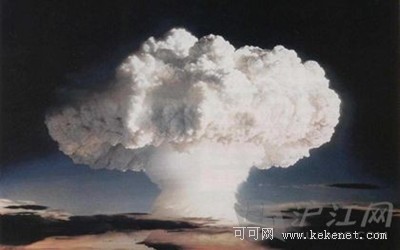
The world's first nuclear reactor is prehistoric
史前核反应堆
It's not easy to create a controlled nuclear reaction in power plants, but the nature had created the world's first nuclear reactor two billion years before humankind, beneath the surface of Oklo in Gabon, Africa. This natural reactor formed when a uranium-rich mineral deposit came in contact with groundwater, which slowed the neutrons ejected from the uranium so that they could interact with and split other atoms. Heat was produced, turning the water to steam, thus temporarily slowing the chain reaction. The environment cooled, water returned, and the process repeated. Scientists estimate that this prehistoric reactor ran for a hundreds of thousands of years, producing the various isotopes expected from such reactions.
在发电厂要控制好核反应可不是件容易的事,但是自然的鬼斧神工在人类出现的两百万年前就已经制造出了世界上第一次的核反应堆,位于非洲加蓬的奥克洛地区的地下。这一地区富含铀矿,当铀元素与地下水接触后,就会减缓铀释放出中子,这样它们就可以相互作用并分裂出原子从而产生热量,使水变成蒸汽,暂时放慢连锁反应的速度。当温度下降后,蒸汽又变成了水,这一过程重复进行。科学家预计这一史前核反应持续了上百万年,并从中释放出了大量同位素。
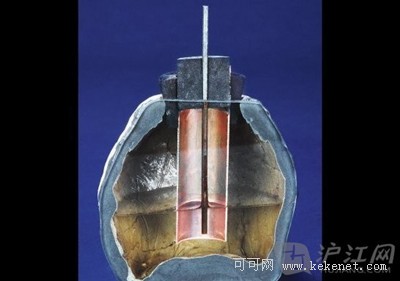
The first batteries are 2,000 years old
2000年前诞生的电池
In 1938, while in Baghdad, German archeologist Wilhelm König discovered a five-inch-long (13 cm) clay jar containing a copper cylinder that surrounded an iron rod. The jar showed signs of corrosion and seemed to have once contained a mild acid, such as vinegar or wine. König believed these vessels to be galvanic cells, or parts of batteries, possibly used for electroplating gold onto sliver objects. The dates of the artifacts are obscure. König dated them to around 250 BC to AD 224, while others have suggested a range of AD 225-640. Of course, even if the vessels did produce electric currents, this does not imply that ancient people understood how the objects worked.
1938年,德国考古学家瓦利哈拉姆·卡维尼格在巴格达地区发现了一个长5英寸(约13厘米)的陶罐,里面装有一根铜管,外层由铁棒环绕。这个陶罐有腐蚀的痕迹,并且疑似曾经盛放过弱酸类液体,如醋或酒。卡维尼格认为,这些容器是原电池,或者是电池的组成部分,可能是用来把黄金电镀到银器上时使用的。这些人造物的年代不详,卡维尼格觉得在公元前250年到公元224年之间,其他专家则判断其年代在公元225年到640年之间。当然,即使这些器皿确实可以发电,也不意味着古人就能明白其工作的原理。
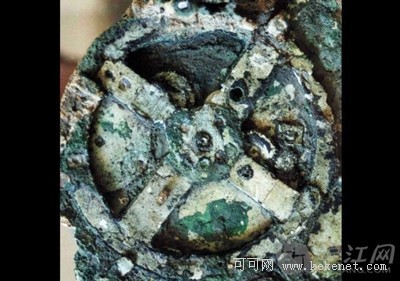
Computers existed around 125 B.C.
公元前125年就有计算机了
The Antikythera mechanism is an ancient geared computing device that was used to calculate astronomical positions and that mystified scientists for over a century.
安提基奇拉机械装置是一种古老的齿轮计算设备,用来计算天文上的各种位置。这一装置已经困惑了科学家们长达一个世纪。
A dial on the front of the device probably carried at least three hands, one indicating the date and the other two indicating the positions of the Sun and the Moon. The device was also probably used to predict solar eclipses and indicate other planetary motions.
这个装置的正面有个刻度盘,盘上至少有三根指针,一根用来指示日期,其余两根用来表示太阳和月亮的位置。这一装置也有可能被用来预测日食和其他天体活动。
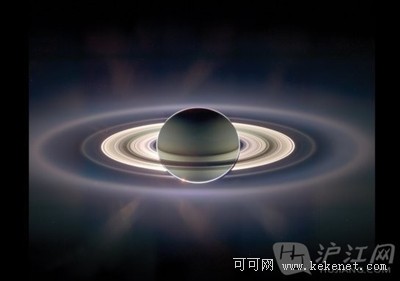
Saturn's rings were seen in 1610
1610年已观测到土星光环
In 1610, Galileo Galilei became the first person to observe Saturn's rings; however, he described them as "ears." It was not until 1655 that Christian Huygens was able to use his higher-quality telescope to become the first person to describe the feature as an actual ring surrounding Saturn. Finally, in 1675, Giovanni Cassini determined that Saturn's "ring" was actually composed of subrings with gaps between them.
1610年伽利略就已经是第一个观测到土星光环的人了,不过当时他把光环称之为“耳朵”。直到1655年,克里斯蒂安·惠更斯才使用更高倍的望远镜观察土星,并对土星光环的性质做了具体描述。最终,在1675年,意大利天文学家卡西尼才确定了土星光环是由子环和其间的空隙所构成的。
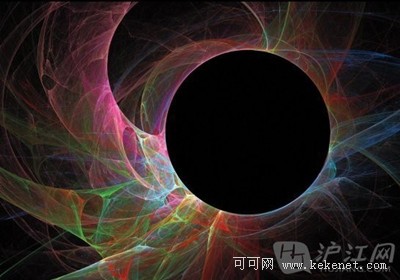
Black holes were theorized in 1783
黑洞理论在1783年已出现
Astronomers may not believe in Hell, but most believe in black regions of space. These cosmological hells truly exist in the centers of many galaxies. Such galactic black holes are collapsed objects having millions or even billions of times the mass of our sun crammed into a space no larger than our Solar System. According to classical black hole theory, the gravitational field around such objects is so great that nothing, not even light, can escape from their tenacious grip. The actual concept of an object so massive that light could not escape was suggested in 1783 by the geologist John Michell.
天文学家们可能不相信有地狱的存在,但他们确实相信宇宙中有某处黑色区域。这些宇宙地狱在很多星系里的确存在,星系中的黑洞需要以质量数百万倍甚至数亿倍于太阳的物体来填满,而这些黑洞的体积也就太阳系那么点大。根据经典黑洞理论,这些物体周围的引力场之大使得任何东西都无法逃脱其魔爪,连光都不行。这一说法的确切成型时间为1783年,是由地质学家米歇尔提出的。
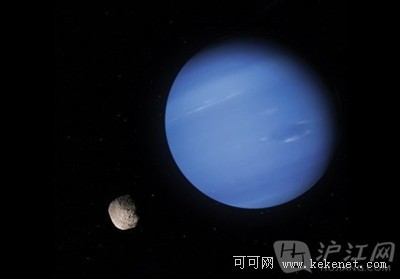
Neptune was predicted before it was seen
海王星先有预测后发现
Neptune is the only planet in our Solar System whose existence and location was mathematically predicted before the planet was actually observed. French astronomer Urbain Le Verrier and British astronomer John Couch Adams both performed calculations to locate a possible new planet. In 1846, Le Verrir told German astronomer Johann Galle where to point Galle's telescope based on Le Verrier's calculations, and in about half an hour Galle found Neptune within one degree of its actual position--a dramatic confirmation of Newton's Law of Universal Gravitation.
海王星是太阳系中唯一一颗先由精确的数学推导预测出来,再通过观察确定的行星。法国天文学家勒威耶和英国天文学家亚当斯都对这颗新行星的位置做出了计算。1846年,勒威耶让德国天文学家加勒根据自己的计算摆放望远镜,半小时后,加勒就在勒威耶所计算的方向的一度范围内发现了海王星,完美验证了牛顿的万有引力定律。


